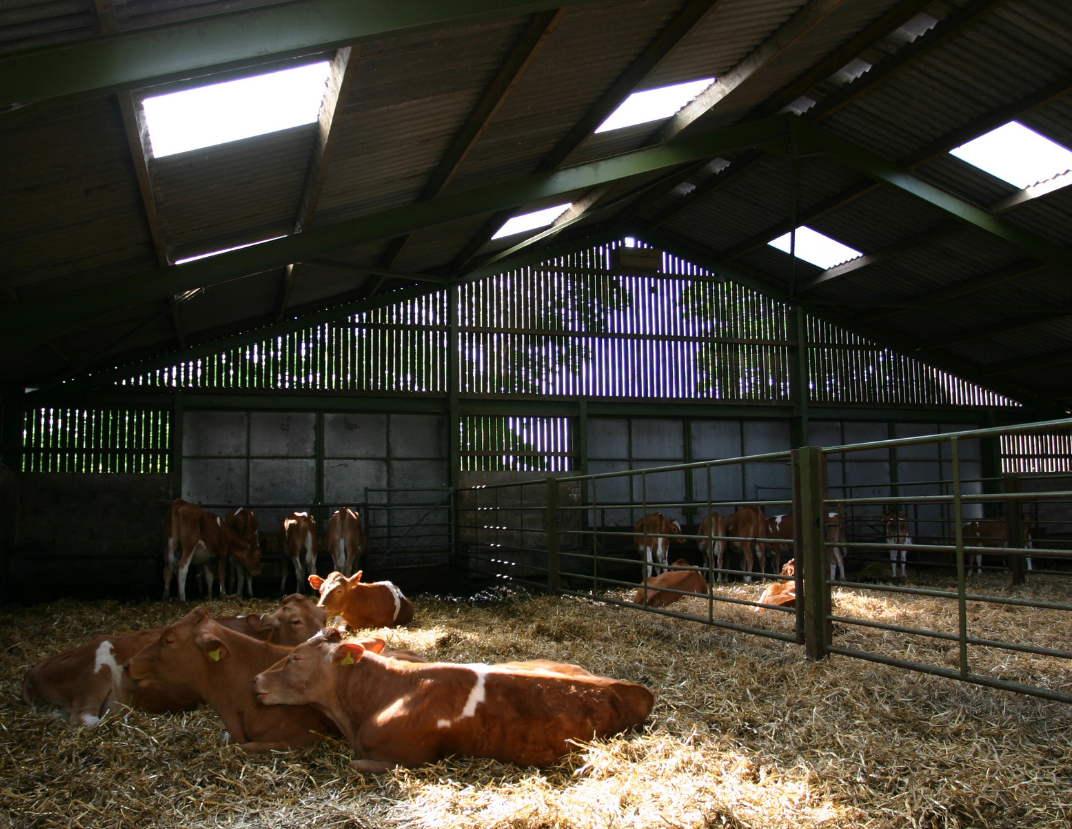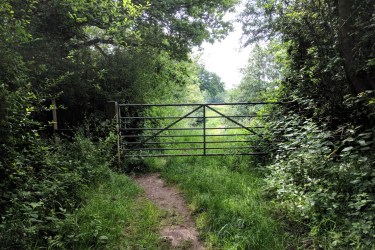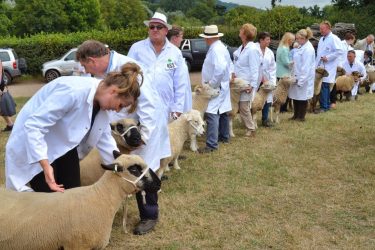By Paul Henman
The cows are out to graze and your housing is lying empty for the next few months. Why not make the most of this opportunity and spruce up your buildings in readiness for winter? Let’s not overlook the importance of making improvements; especially where numbers and cow size has crept up over the years, but the buildings may not have changed.
Cow comfort drives milk yields
We believe that up to 25% of a cow’s milk yield is related to how comfortable they are. That figure alone reveals the value of questioning whether you are maximising your cows’ comfort. Think about last winter, two hours after feeding; were 70% of the herd lying down and were 60% of them seen to be ruminating? If not, why?
The first thing to evaluate is your cubicles and if you have enough. Ideally, you should have 5% more than the cow numbers in the yard, but one per cow is the absolute minimum. In loose yards, space depends not just on the size of a cow (larger cow needs more space) but also yield per cow (higher yield cows eat more and dung more, thus more yard space is needed). Total lying space can range from 6m2 for a 600kg cow to 9.5m2 for a high yielding 700kg cow. Remember these are the minimums.
If your cow size has increased, have your cubicles? Cubicles should be designed for your herd size. It’s important to remember that it takes 300 litres of blood to flow through the udder to make one litre of milk, and this flow increases by 30% when a cow is lying down – making your cubicles comfortable will encourage a cow to lie more and produce more milk.
A cow normally stands up and lies down 12 times each day on average. Can she do that comfortably? Does she have enough lunge room?
Don’t forget feed and water troughs
It’s also the perfect time to look closely at your troughs, and how your cattle can access feed and water. Firstly, ensure you have adequate feed space for your cow numbers.
Farm assurance standards can be misleading, particularly for dairy cows. They are away from feed for several hours during milking, which means many farms do not achieve the true ‘adlib’ access that farm assurance assumes. To combat this reduction in feed access, you need to evaluate and improve the amount of feed space available.
A feed fence length that is adequate for say 120 cows who have access for 20 hours per day, may only be enough for perhaps 75 cows to feed during a short 2-hour buffer feed period. As a rule of thumb, allow 450mm/head for ‘winter adlib access’.
Ideally feed troughs should also be no more than 15cm above floor height, to mimic the grazing position. Cows in this position will produce 17% more saliva than those feeding at a high trough, and more saliva production increases food intake. This means greater rumen buffering, which lowers the risk of acidosis.
As for the water troughs, they should be 90cm above floor height and always be full of clean, odourless water. Cows have a sense of smell some 15x more sensitive than ours – so keep the trough clean! If the water pressure is low, and filling is slow, you will need larger or more water troughs.
Look at lighting and ventilation
In winter housing, a cow’s smell should be undetectable, if the ventilation and air exchange is good. Making the effort to understand how air moves around in your sheds is time well spent. To make sure airflows are uniform, let off smoke bombs. It’s important to note here that the body heat of the cow drives the ventilation within a building so if using smoke pellets, it’s important to do this when the cattle are in the shed and ideally when it is not windy.
All the smoke should be gone within 15 minutes, which means four complete air exchanges per hour, which is adequate. Observe how the smoke clears in order to show where you can improve ventilation. This may be to lift or remove the roof ridge, or the side cladding, or both. Better airflow will help herd health, keep cubicle beds drier and reduce mastitis.
Correct light intensity and duration will have a very positive effect on health and productivity too. Modern LED lights are significantly less expensive to install, and run, than older lighting systems and can be controlled in different areas of the shed for different light levels, and at different times for maximum effect. This is an invaluable tool, with dry cows needing longer dark periods than the milkers.
Now is the time to look at your cow yards, and to take action. Making changes over the summer will help to ensure maximum cow comfort, milk yields and feed intakes this winter.
If you’re not satisfied with your cubicles and the performance of your ventilation systems, specialist advice is recommended. A fresh pair of eyes can help to evaluate the conditions of your yard, as well as bringing forth ideas as to how to address matters. Our Fam Consultancy Team is here to help with that process, get in touch to learn more.








